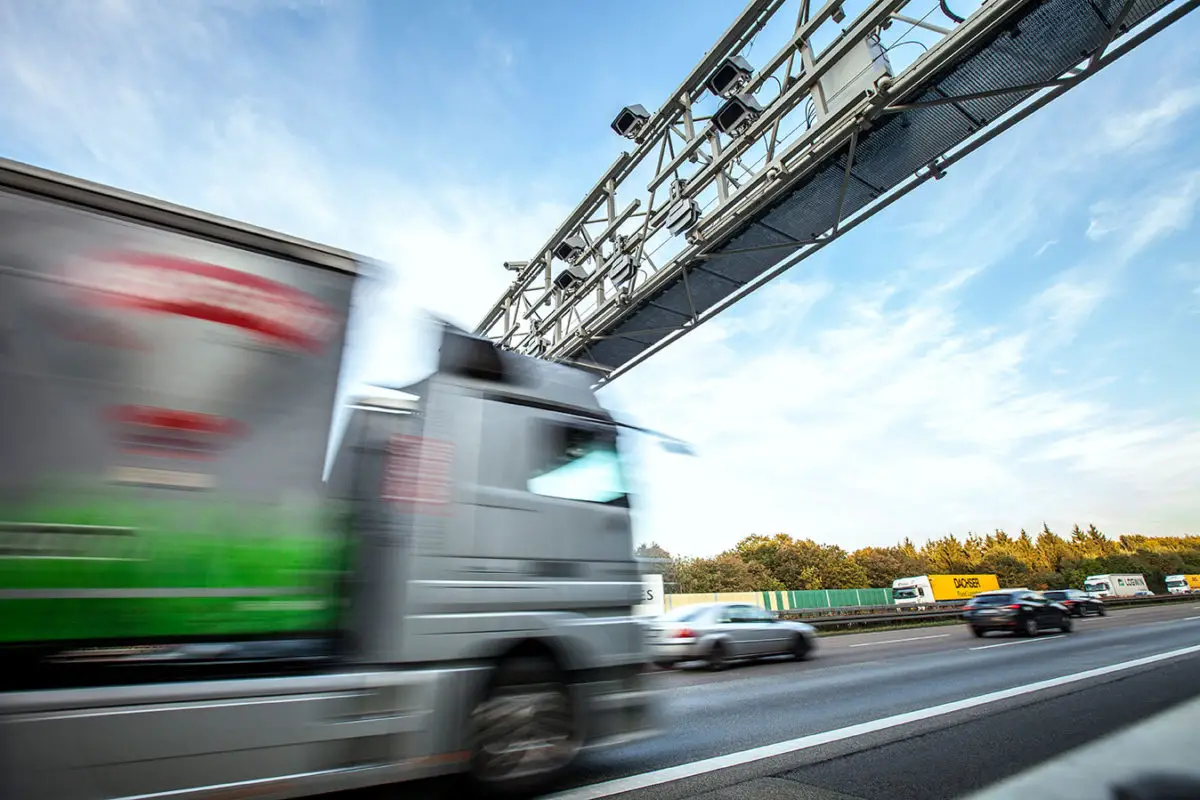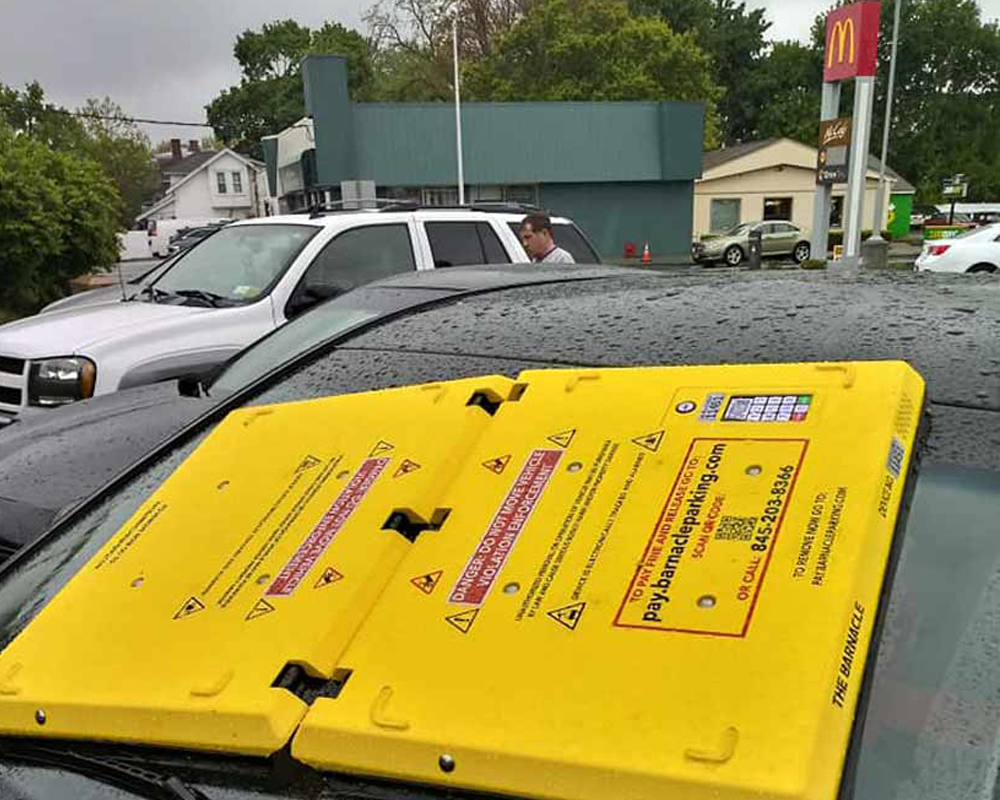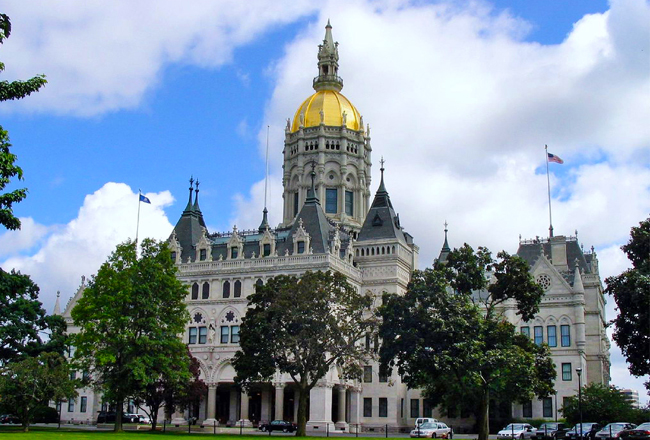The bumpy road to reinstalling tolls on Connecticut”™s highways is continuing, with the state Finance, Revenue and Bonding Committee approving a proposal still lacking details ”“ and Gov. Ned Lamont apologizing to House Democrats for how the bill has evolved.
 Noting that he”™s “asking every one of you to cast a really difficult vote,” Lamont told his fellow Democrats that he had “put some of you in a pickle, because I ran for office, and you know I said, ”˜I think we can do this probably with trucks. We”™ll get started with trucks-only tolling.”™”
Noting that he”™s “asking every one of you to cast a really difficult vote,” Lamont told his fellow Democrats that he had “put some of you in a pickle, because I ran for office, and you know I said, ”˜I think we can do this probably with trucks. We”™ll get started with trucks-only tolling.”™”
Lamont has since revised that stance to include all motor vehicles. “I know I put you in a tough vote,” he told the legislators. “It”™s the most important vote you can take, and I”™m going to be standing here with each and every one of you. I”™m going to be putting my shoulder to the wheel.”
In the meantime, state Rep. Roland Lemar, D-New Haven, who co-chairs the Transportation Committee, said the final number of electronic tolling gantries ”“ he said he expected no more than 50 ”“ their location, and discounts for Connecticut drivers are still being negotiated.
A letter Lamont sent last week to the General Assembly also said that no more than 50 gantries would be placed roughly every six to seven miles on I-84, I-95, I-91 and Route 15, and that drivers using a Connecticut EZ-Pass and a frequent-user discount could expect to pay roughly 25 to 30 cents per gantry, or 4.4 cents per mile. Democrats say tolls could ultimately raise $800 million to $1 billion in annual revenue, 40% of which would come from out-of-state drivers.
Republicans have remained adamant that they are opposed to tolls.
“Republicans and Democrats agree: Connecticut”™s transportation system is hampering our ability to compete and grow and we must make the investments necessary now if we have any hope of changing this trajectory,” Lamont said in a statement following the committee vote.
“Where we differ is how to get there. Republicans suggest taking out an unsustainable $11.2 billion loan on the state”™s credit card, 100% of which we will be responsible for paying,” he said. “My plan ensures that 40% of the revenue will be collected from people who don”™t even live here.
“If we want to grow jobs, grow our economy, and get our state on a path of success, we need to fix our transportation system and provide more stability in our finances,” the governor added. “Let”™s do this together, without borrowing or saddling future generations with debt, and let”™s do it in a way that gives businesses large and small ”“ and families ”“ the confidence to know that we”™re serious about fixing our state.”















